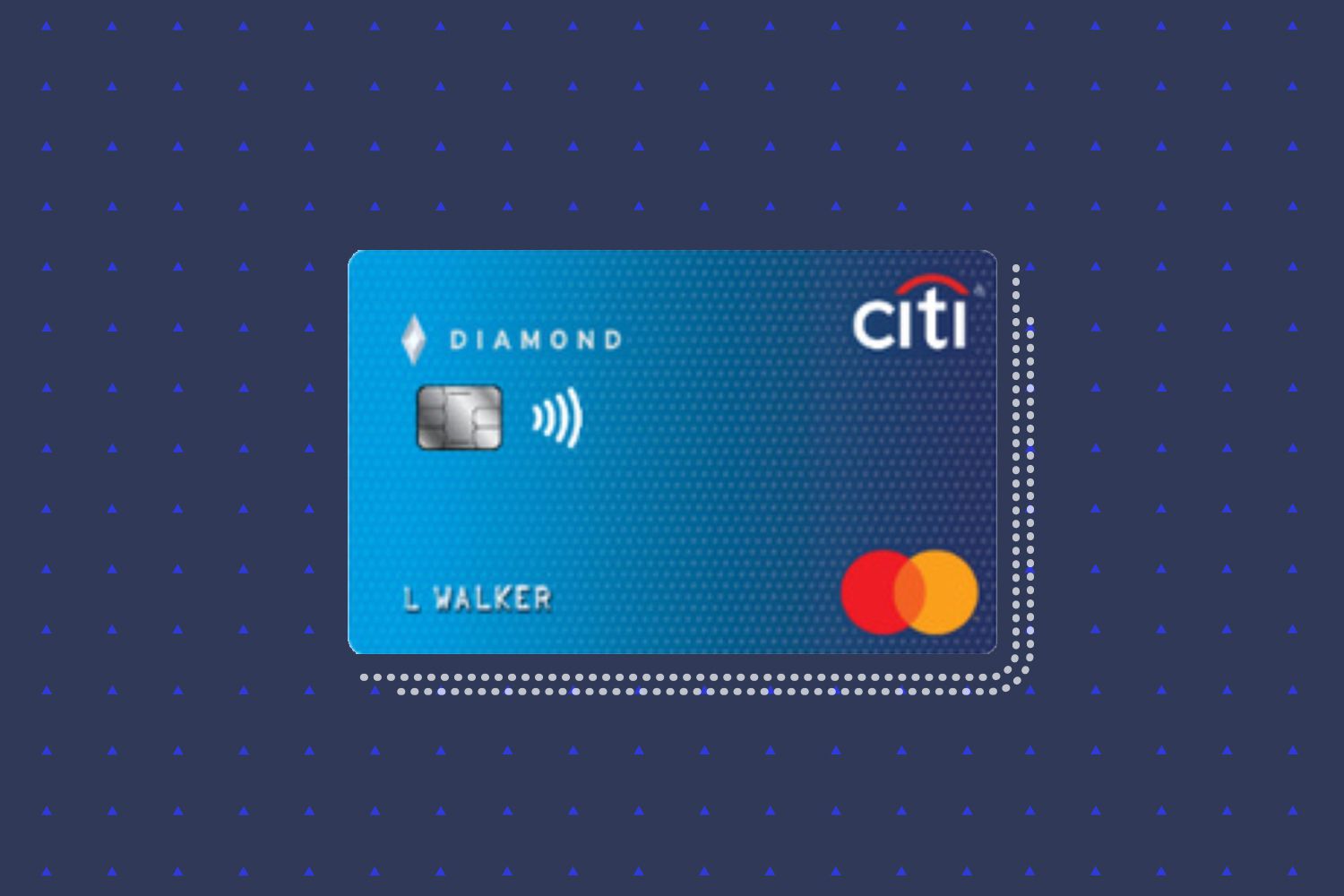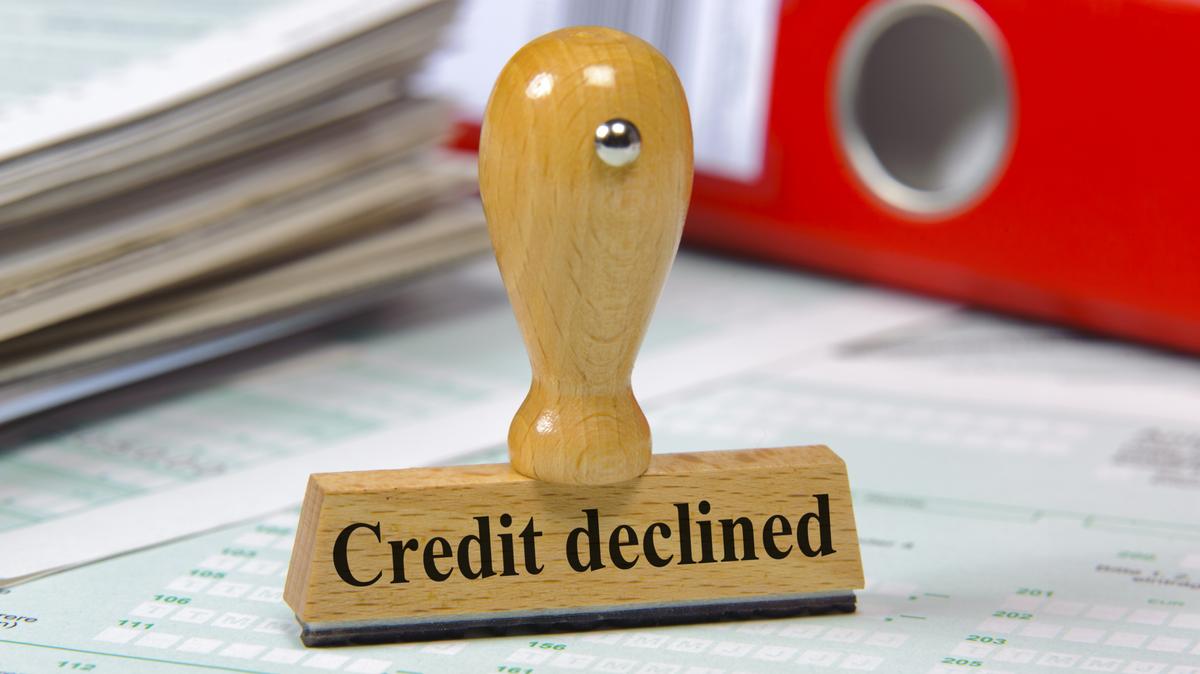Home>Finance>When Can I Get A Secured Card After Bankruptcy?


Finance
When Can I Get A Secured Card After Bankruptcy?
Published: March 1, 2024
Rebuild your credit after bankruptcy with a secured card. Learn about the timeline and requirements for obtaining a secured card to improve your finances. Discover how to take control of your credit journey.
(Many of the links in this article redirect to a specific reviewed product. Your purchase of these products through affiliate links helps to generate commission for LiveWell, at no extra cost. Learn more)
Table of Contents
Introduction
Entering into bankruptcy can be a challenging and overwhelming experience, impacting various aspects of one's financial life. As individuals navigate the process of rebuilding their credit after bankruptcy, one potential tool that can aid in this journey is a secured credit card. Understanding the nuances of secured cards, their role in credit rebuilding, and the eligibility criteria for obtaining one post-bankruptcy is crucial for those seeking to regain their financial footing.
A secured credit card operates differently from a traditional unsecured card, as it requires the cardholder to provide a security deposit, which typically determines the card's credit limit. This deposit mitigates the risk for the card issuer, making secured cards more accessible to individuals with a recent history of financial challenges, such as bankruptcy. While it may not provide the same level of freedom as an unsecured card, a secured card can serve as a valuable tool for reestablishing credit and demonstrating responsible financial behavior.
Rebuilding credit after bankruptcy is a gradual process that demands patience, diligence, and informed decision-making. Secured cards, when used judiciously, can be instrumental in this endeavor, helping individuals prove their creditworthiness to potential lenders and gradually improving their credit scores. However, it's essential to understand the eligibility requirements for obtaining a secured card after bankruptcy, as well as the responsible usage of such cards to maximize their efficacy in rebuilding credit.
In the subsequent sections, we will delve into the intricacies of secured cards, the process of rebuilding credit after bankruptcy, the eligibility criteria for obtaining a secured card post-bankruptcy, the application process, and the responsible utilization of secured cards to foster positive financial habits. By gaining a comprehensive understanding of these elements, individuals can make informed decisions regarding their financial rehabilitation and work towards a more secure and stable financial future.
Understanding Secured Cards
Secured credit cards are a valuable financial tool for individuals looking to rebuild their credit after facing financial challenges, such as bankruptcy. Unlike traditional unsecured cards, secured cards require the cardholder to provide a security deposit, which serves as collateral and determines the credit limit. This deposit reduces the risk for the card issuer, making secured cards more attainable for individuals with a history of financial difficulties.
Upon obtaining a secured card, the cardholder is required to make regular monthly payments, just like with an unsecured card. These payments are reported to the major credit bureaus, thereby influencing the cardholder’s credit score. By consistently making on-time payments and maintaining a low credit utilization ratio, individuals can gradually improve their creditworthiness and demonstrate responsible financial behavior.
While secured cards offer an opportunity to rebuild credit, it’s important to note that they often come with higher interest rates and fees compared to traditional credit cards. Additionally, the initial security deposit may pose a financial challenge for some individuals. However, the long-term benefits of rebuilding credit and regaining financial stability often outweigh these initial obstacles.
Secured cards are not a long-term solution, but rather a stepping stone towards regaining access to traditional credit products. With responsible use, individuals can work towards upgrading to an unsecured card and potentially receiving a refund of their initial security deposit. This transition typically occurs as the cardholder demonstrates consistent, positive credit behavior and an improved credit score.
Understanding the intricacies of secured cards, including their role in credit rebuilding, associated costs, and the path to transitioning to unsecured credit, is essential for individuals seeking to navigate the post-bankruptcy financial landscape. In the following sections, we will explore the process of rebuilding credit after bankruptcy, the eligibility criteria for obtaining a secured card, and the responsible utilization of secured cards to foster positive financial habits.
Rebuilding Credit After Bankruptcy
Recovering from bankruptcy and rebuilding credit is a gradual process that demands patience, diligence, and strategic financial management. After a bankruptcy filing, individuals often face significant challenges in accessing credit products and may encounter higher interest rates and stringent approval criteria. However, despite these obstacles, it is possible to embark on a journey towards credit recovery.
One of the initial steps in the credit rebuilding process involves assessing and addressing the factors that led to the bankruptcy. This introspective approach can help individuals identify and rectify financial habits or circumstances that contributed to their financial distress. Establishing a realistic budget, prioritizing essential expenses, and developing a proactive savings plan are fundamental components of this phase.
Secured credit cards play a pivotal role in the post-bankruptcy credit rebuilding process. By obtaining a secured card and utilizing it responsibly, individuals can demonstrate their ability to manage credit effectively. Consistent, on-time payments and maintaining a low credit utilization ratio are critical in gradually improving credit scores. Additionally, diversifying credit types and responsibly managing any other outstanding debts can further contribute to rebuilding credit.
Regularly monitoring one’s credit report is essential, as it allows individuals to track their progress, identify inaccuracies, and address any discrepancies that may arise. Understanding the factors that influence credit scores, such as payment history, credit utilization, length of credit history, new credit inquiries, and credit mix, empowers individuals to make informed decisions and take targeted actions to enhance their creditworthiness.
Seeking financial guidance from reputable credit counseling services or financial advisors can provide valuable insights and personalized strategies for navigating the credit rebuilding journey. These professionals can offer tailored advice, debt management plans, and ongoing support to individuals seeking to regain their financial stability and access to traditional credit products.
By embracing a proactive and disciplined approach to credit rebuilding, individuals can gradually overcome the challenges posed by bankruptcy and work towards achieving a positive credit standing. Understanding the role of secured cards, implementing sound financial practices, and leveraging available resources are integral components of this transformative process.
Eligibility for Secured Cards After Bankruptcy
Following a bankruptcy filing, individuals may wonder about their eligibility for obtaining a secured credit card as they embark on the journey of rebuilding their financial standing. Despite the challenges posed by bankruptcy, secured cards offer a viable opportunity for individuals to demonstrate responsible credit management and gradually improve their credit scores.
One of the primary advantages of secured cards is their accessibility to individuals with a history of financial difficulties, including bankruptcy. Unlike traditional unsecured cards, secured cards require a security deposit, which serves as collateral and reduces the risk for the card issuer. This mitigated risk makes secured cards more attainable for individuals who may face challenges in securing unsecured credit products.
Given the collateral nature of secured cards, the eligibility criteria for obtaining one post-bankruptcy are often less stringent compared to those for unsecured cards. While each card issuer may have specific requirements, individuals who have recently undergone bankruptcy proceedings are generally eligible to apply for secured cards. The ability to provide the required security deposit is a key determinant of eligibility, as it establishes the initial credit limit and serves as a safeguard for the card issuer.
Additionally, individuals seeking to obtain a secured card after bankruptcy should be prepared to demonstrate their ability to manage credit responsibly. While a recent bankruptcy filing may impact the approval process, showcasing a commitment to sound financial practices, such as making on-time payments and managing existing debts judiciously, can bolster one’s eligibility for a secured card.
It is important for individuals to research and compare various secured card offerings to identify options that align with their financial circumstances and goals. Understanding the terms, fees, and features of different secured cards can empower individuals to make informed decisions and select a card that suits their needs as they navigate the post-bankruptcy credit rebuilding process.
By recognizing the accessibility of secured cards and understanding the eligibility criteria, individuals can leverage these financial tools to initiate the credit rebuilding journey after bankruptcy. The responsible use of secured cards, coupled with a commitment to sound financial management, can pave the way for individuals to regain their financial stability and work towards achieving a positive credit standing.
Applying for a Secured Card
When considering the application process for a secured credit card after experiencing bankruptcy, it’s essential for individuals to approach the endeavor with careful consideration and informed decision-making. While the eligibility criteria for secured cards may be more flexible than those for unsecured cards, understanding the application process and its implications is crucial for those seeking to rebuild their credit.
Researching and comparing secured card offerings from different issuers is an integral first step in the application process. By evaluating factors such as minimum deposit requirements, annual fees, interest rates, and potential rewards or benefits, individuals can identify a secured card that aligns with their financial situation and goals. It’s advisable to select a card that offers favorable terms and aligns with one’s ability to manage credit responsibly.
Once a suitable secured card option has been identified, the application process typically involves completing an application form provided by the card issuer. This form may require personal information, such as the applicant’s name, address, social security number, employment details, and income verification. Additionally, the applicant is generally required to submit the initial security deposit as part of the application process.
Given the impact of bankruptcy on one’s credit history, individuals should be prepared to provide context regarding their financial circumstances when applying for a secured card. While the recent bankruptcy filing may influence the approval process, articulating a commitment to responsible credit management and a proactive approach to rebuilding credit can positively influence the issuer’s assessment of the application.
Upon approval and receipt of the secured card, individuals should review the card’s terms and conditions thoroughly to gain a comprehensive understanding of its features, fees, and responsibilities. It’s essential to prioritize making regular, on-time payments and maintaining a low credit utilization ratio to demonstrate responsible credit usage and gradually improve one’s credit score.
Throughout the application process and subsequent card usage, individuals can benefit from seeking guidance from reputable financial advisors or credit counseling services. These professionals can offer personalized insights, strategies for effective credit management, and ongoing support as individuals navigate the post-bankruptcy credit rebuilding journey.
By approaching the application process for a secured card with diligence and a commitment to responsible credit management, individuals can leverage this financial tool to initiate the process of rebuilding credit after bankruptcy. The proactive utilization of a secured card, combined with sound financial practices, can pave the way for individuals to regain their financial stability and work towards achieving a positive credit standing.
Using a Secured Card Responsibly
Utilizing a secured credit card responsibly is a critical component of the post-bankruptcy credit rebuilding process. By demonstrating prudent financial habits and responsible credit management, individuals can leverage a secured card to gradually improve their credit scores and establish a positive credit history.
One of the fundamental aspects of responsible secured card usage is making on-time payments. Timely payment of the monthly credit card bill is essential for showcasing reliability and financial discipline. By consistently meeting payment deadlines, individuals can positively impact their credit scores and demonstrate their commitment to managing credit responsibly.
Maintaining a low credit utilization ratio is equally important when using a secured card. This ratio reflects the percentage of available credit that is being utilized and plays a significant role in credit score calculations. Keeping credit utilization low, ideally below 30% of the credit limit, can contribute to a positive credit profile and signal responsible credit management to potential lenders.
Regularly monitoring the secured card’s activity and credit report is a prudent practice. By reviewing monthly statements, individuals can track their spending, identify any unauthorized transactions, and ensure that their credit utilization remains within optimal limits. Additionally, monitoring one’s credit report allows for the identification and resolution of any inaccuracies or discrepancies that may arise.
Responsible secured card usage also involves refraining from excessive credit inquiries and managing other outstanding debts judiciously. Minimizing the number of new credit inquiries and responsibly addressing any existing debts can contribute to a favorable credit profile and signal financial stability to prospective creditors.
As individuals navigate the process of using a secured card responsibly, it is beneficial to prioritize financial education and seek guidance from reputable sources. Understanding the fundamentals of credit management, budgeting, and debt repayment empowers individuals to make informed financial decisions and cultivate enduring financial wellness.
By embracing a proactive and disciplined approach to utilizing a secured card, individuals can leverage this financial tool to rebuild their credit after bankruptcy. The conscientious management of a secured card, coupled with a commitment to sound financial practices, can pave the way for individuals to regain their financial stability and work towards achieving a positive credit standing.
Conclusion
Rebuilding credit after bankruptcy is a transformative journey that demands perseverance, informed decision-making, and a proactive approach to financial management. Secured credit cards serve as a valuable tool in this process, offering individuals an opportunity to demonstrate responsible credit usage and gradually improve their creditworthiness.
Understanding the nuances of secured cards, including their accessibility, eligibility criteria, and responsible usage, is essential for individuals seeking to navigate the post-bankruptcy financial landscape. By leveraging secured cards and employing prudent financial habits, individuals can initiate the process of rebuilding their credit and regaining access to traditional credit products.
As individuals embark on the path to credit recovery, it is crucial to prioritize making on-time payments, maintaining a low credit utilization ratio, and regularly monitoring credit activity. These practices, coupled with a commitment to financial education and responsible credit management, can lay the foundation for a positive credit standing and long-term financial stability.
Seeking guidance from reputable financial advisors or credit counseling services can provide valuable insights and personalized strategies for navigating the credit rebuilding journey. By leveraging available resources and staying informed, individuals can make empowered decisions that support their financial well-being and credit rehabilitation.
Ultimately, the responsible use of secured cards, in conjunction with sound financial practices, can pave the way for individuals to regain their financial stability and work towards achieving a positive credit standing. By embracing a proactive and disciplined approach to credit rebuilding, individuals can overcome the challenges posed by bankruptcy and journey towards a more secure and stable financial future.
By embracing a proactive and disciplined approach to credit rebuilding, individuals can gradually overcome the challenges posed by bankruptcy and work towards achieving a positive credit standing. Understanding the role of secured cards, implementing sound financial practices, and leveraging available resources are integral components of this transformative process.














